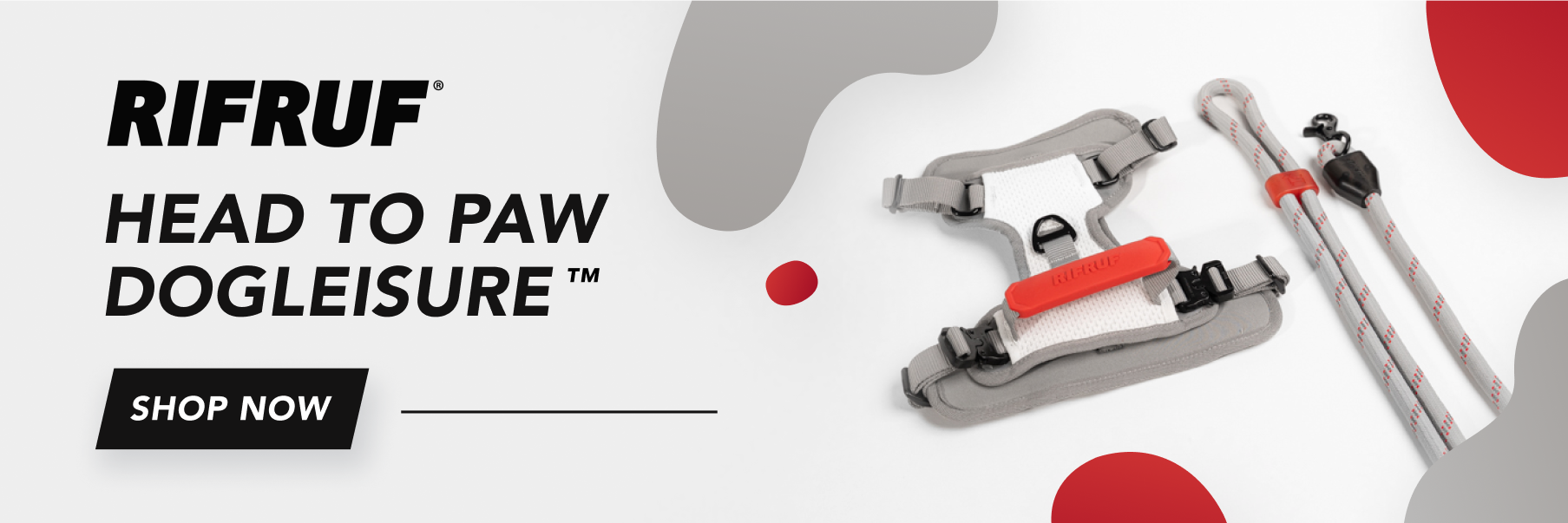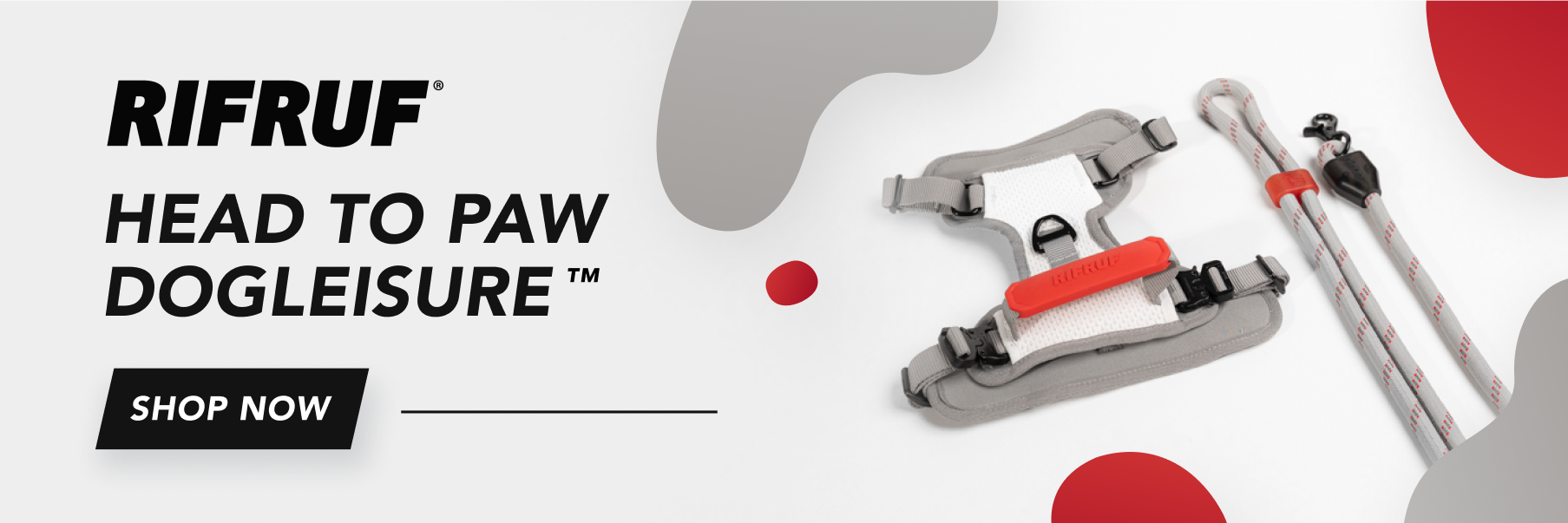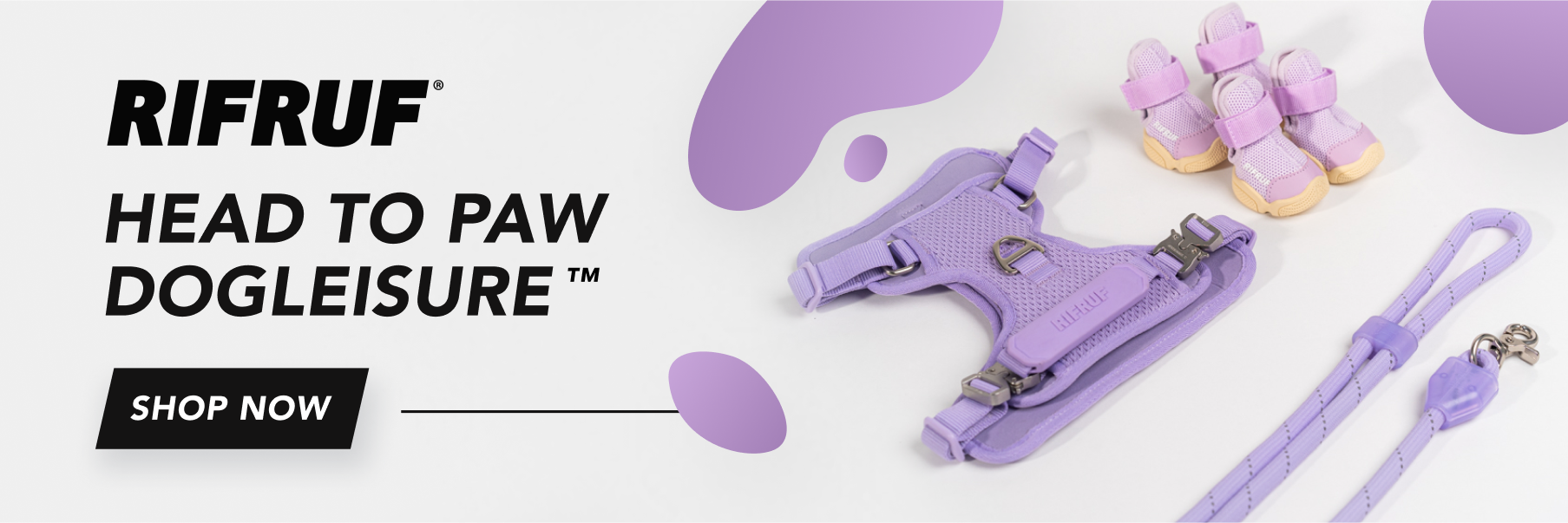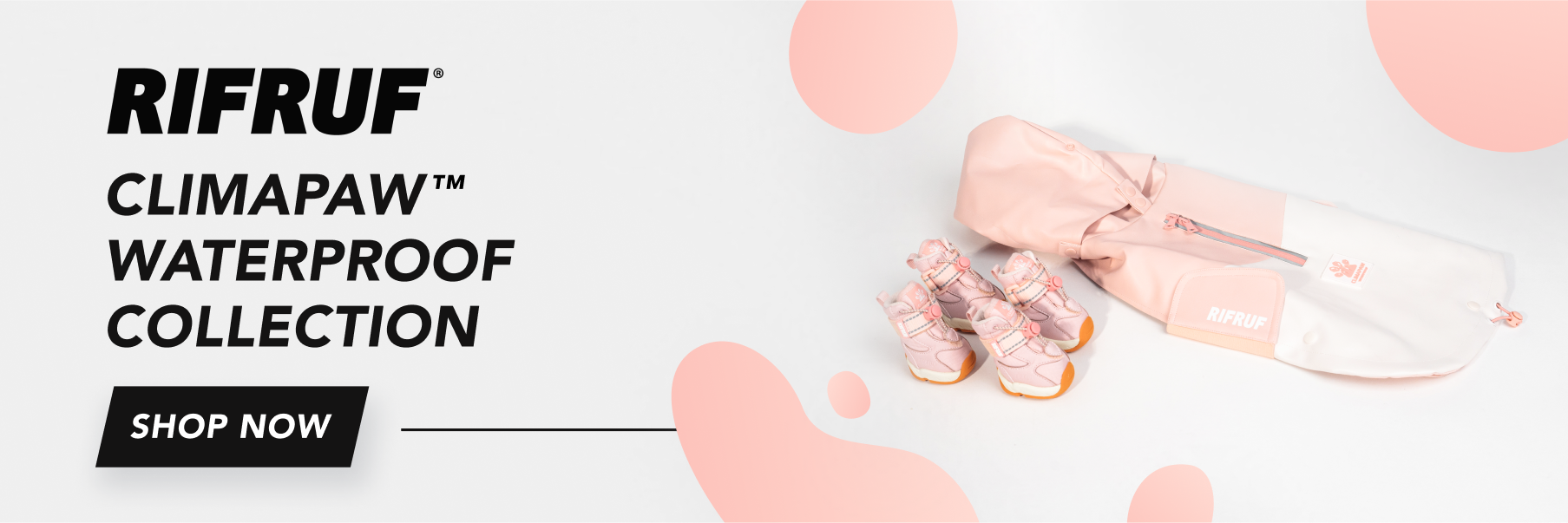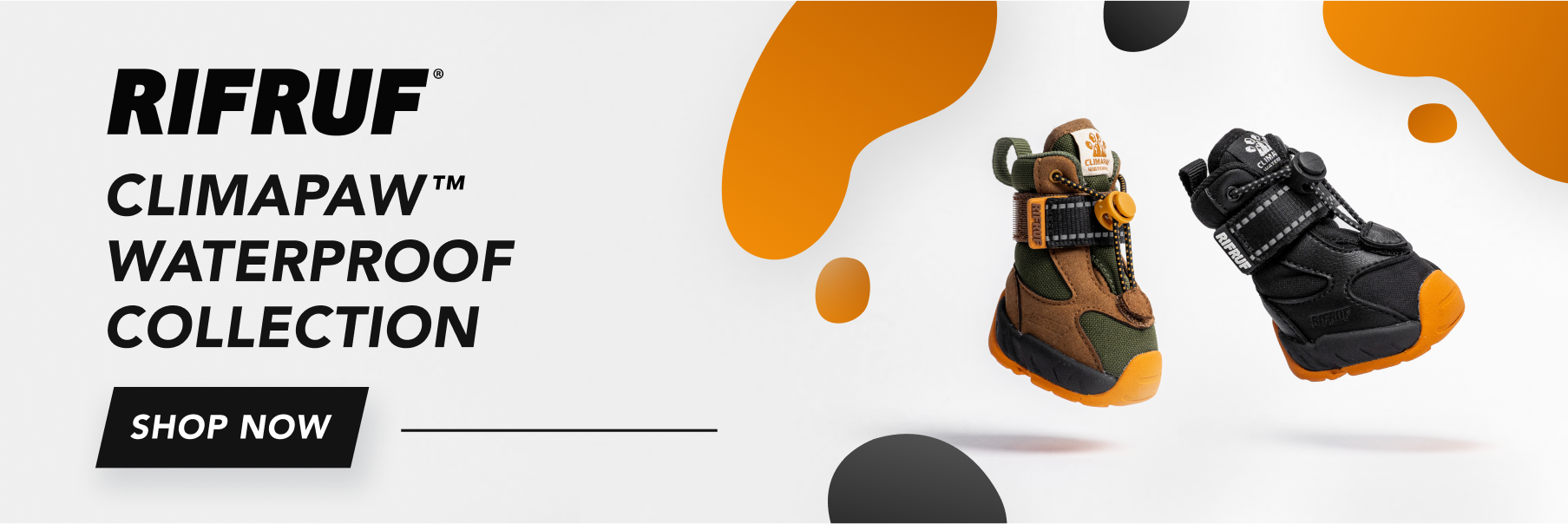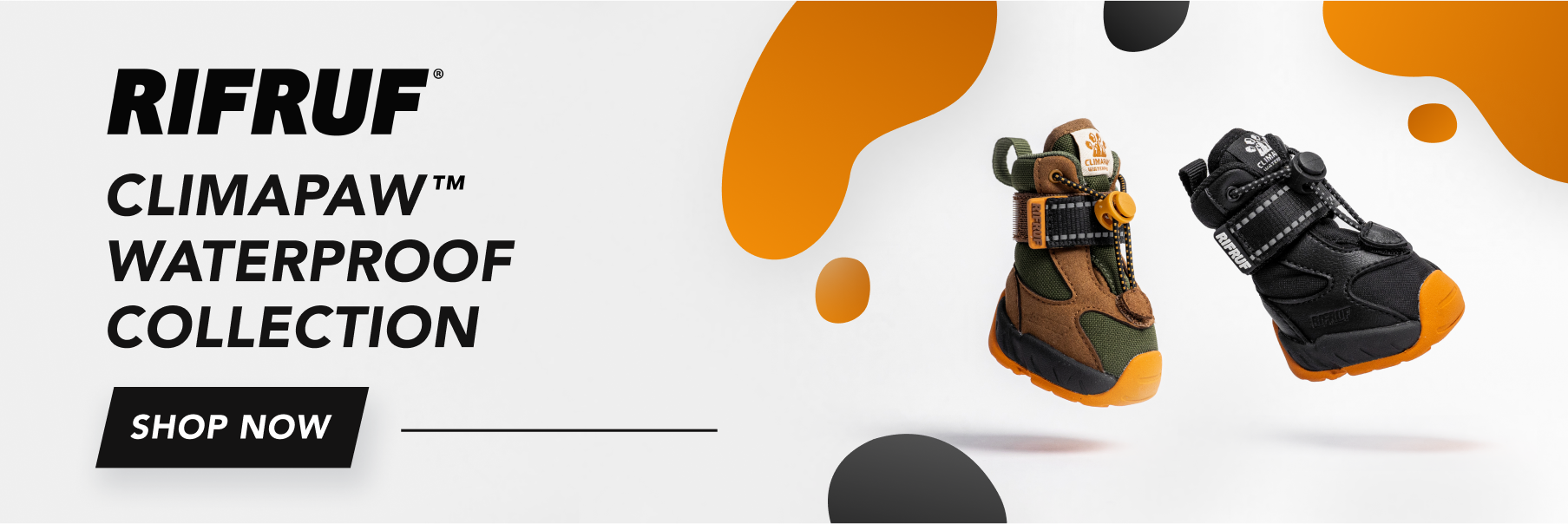As the winter gets colder and windier, you aren't the only one who needs to add layers and wear specialized clothing. People often think that dogs don't require extra measures, but this isn't true. Unless your dog's a Siberian Husky or another breed similarly suited to extreme cold, your dog's natural protection may not be as effective at keeping them warm as when the weather is more mild.
In addition to winter coats, sweaters, or jackets, your dog could also use a good pair of shoes. Yes, shoes. Before you chalk dog sneakers up to an indulgence, we'll show you why your dog needs shoes for the snow.
Related: 10 Reasons To Wear Dog Shoes
Benefits of Dog Boots

Here are the benefits of dog boots for every season or occasion:
Protection from Ice and Snow
Depending on your dog's breed, they’ll tolerate the cold relatively well. However, depending on how long they'll be out in the cold, they may need boots. In addition to low temperatures and their effect on your dog's paws, especially if they are standing still for long periods, there are other dangers. Once the snow begins to melt, snow and ice can start to collect between your dog's toes. This isn't just uncomfortable for them; it can become very painful.
Along with snowy weather and the danger of frostbite, there are other concerns. Rock salt and de-icing products are toxic to your dog. These can be found in abundance on the ground when it gets icy. Some people even use antifreeze to melt the ice on the pavement or driveways. So having a layer of protection between your dog's paws and these harmful substances is an excellent idea.
Injury
Without protection, your dog's paws can sustain all kinds of injuries. Cuts, punctures, and scrapes will also heal faster if your dog isn't still walking on the same ground that gave them the injuries in the first place. Dog boots will protect their paws from getting injured or allow them to heal safely without further damage.
Are you looking for dog sneakers from a company that loves dogs and believes they deserve the very best? We're all about elevating the ways your dog lives with products that are high-quality, design-driven, and functional. Check out RIFRUF today!
Summertime
Even when the weather is hot, your dog's paws need to be covered. Have you ever walked outdoors in blistering heat without your shoes on? If you have, it's not something you'll do again in a hurry. Roads, sidewalks, and even beach sand can become unbearably hot. Your dog can sustain burns on their paws just from being out walking. If the road is too hot for you to rest your hand down for just a few seconds, then it's too hot for your dog.
Hiking
If you enjoy hiking with your dog or your usual walking trail has rough terrain, dog shoes may be just what your dog needs. They will enjoy your walks or hikes together more if their paws are protected from painful punctures, sharp stones, etc.
Allergies
Many dogs are allergic to grass and weeds, and wearing dog boots will protect them from contact. There are also other substances that may be found in the grass or on the pavement that trigger allergic reactions or are just plain toxic.

Looking for the best waterproof dog boots? Look no further ! RIFRUF offers these stylish boots that will keep your dog's paws dry and safe while rolling around in the snow.
Related: Teach Your Dog To Like Dog Shoes
Signs Your Dog is Too Cold

Of course, you want to protect your dog from anything harmful or even uncomfortable, so how do you know when they're too cold? Here are a few signs your dog needs to come in from the cold:
Shivering
When your dog feels cold, they'll do one of the first things we do - they'll shiver. Don't overlook it when your dog starts to shiver or tremble when you're outside. As soon as you notice your dog shivering, get them inside and warm them up.
Cold Ears
Sometimes your dog's body will feel warm despite them feeling cold. If you want to know if they’re cold, feel their ears. If their ears are cold, especially around the edges, you need to bring them inside and warm them up. And if, at any point, their body feels cold, you need to warm them up immediately!
Limping
Your dog's paws can be sensitive to cold weather, so they need you to protect them. Having your dog standing directly onto the cold ground for any length of time can result in discomfort, pain, and damage to their paw pads. If your dog starts to limp, their paws are probably too cold or feeling discomfort. Get them up off the cold surface right away!
Slow Movements
If your dog begins to behave as though they’re not enjoying being outdoors, they'll begin moving slowly. Hiding behind objects or trying to find shelter for themselves, are all signs they’re feeling cold. They may also become sleepy or lethargic.
Whining
Just like us, your dog will begin to whine when they’re feeling too cold and can't get any relief. So, if they start to whimper or bark or behave unusually for no real reason, they're probably feeling cold. Your dog may also look anxious or upset.
Curling Up
Another thing your dog will do when they’re freezing is curl up into a ball. This helps them to use their own body heat to warm themselves. This is a sign of significant discomfort. You must get your dog inside and warm as soon as possible.
Tips for Getting Your Dog to Wear Boots
Your dog may not take to wearing boots immediately, but here are a few tips to help:
- Introduce the boots. After your dog lets you handle their paws, let them sniff the shoes and put them near their food, bed, leash, etc., so they associate them with positive things.
- Put their shoes on correctly. It’s important for your dog to be as comfortable as possible when wearing their shoes, so follow this video to make sure you’re putting them on the right way.
- Let them wear the shoes for short periods. Be patient and consistent, and use doggie treats for positive reinforcement.
- Rinse and repeat. If your dog doesn't respond well initially, begin the process of introduction again.
Winter Paw Care
In addition to putting your dog in boots, here are some tips for paw care during the winter months:
- Examine your pup's paw pads often. Look for signs of injury or irritation.
- Keep your dog's nails trimmed. If their nails are too long, their toes can get splayed open, which can be painful.
- Trim the hair on their paws. Keep the hair between their toes trimmed to prevent ice from clumping.
Related: Dog Shoes For Big Dogs
Final Thoughts

Although your dog doesn't always need to wear boots, there are circumstances where they need them. When the weather gets cold, it's time to protect your precious pup's paws by putting them in boots.
Does your environment include scorching sidewalks in the summer and icy snow in the winter? Your dog’s paws could really use some protection, and that’s what we’re all about! Check out our product line at RIFRUF to learn more.
